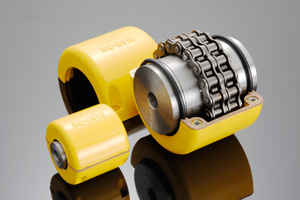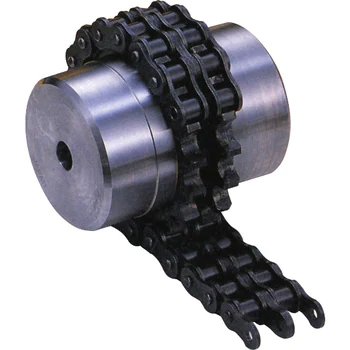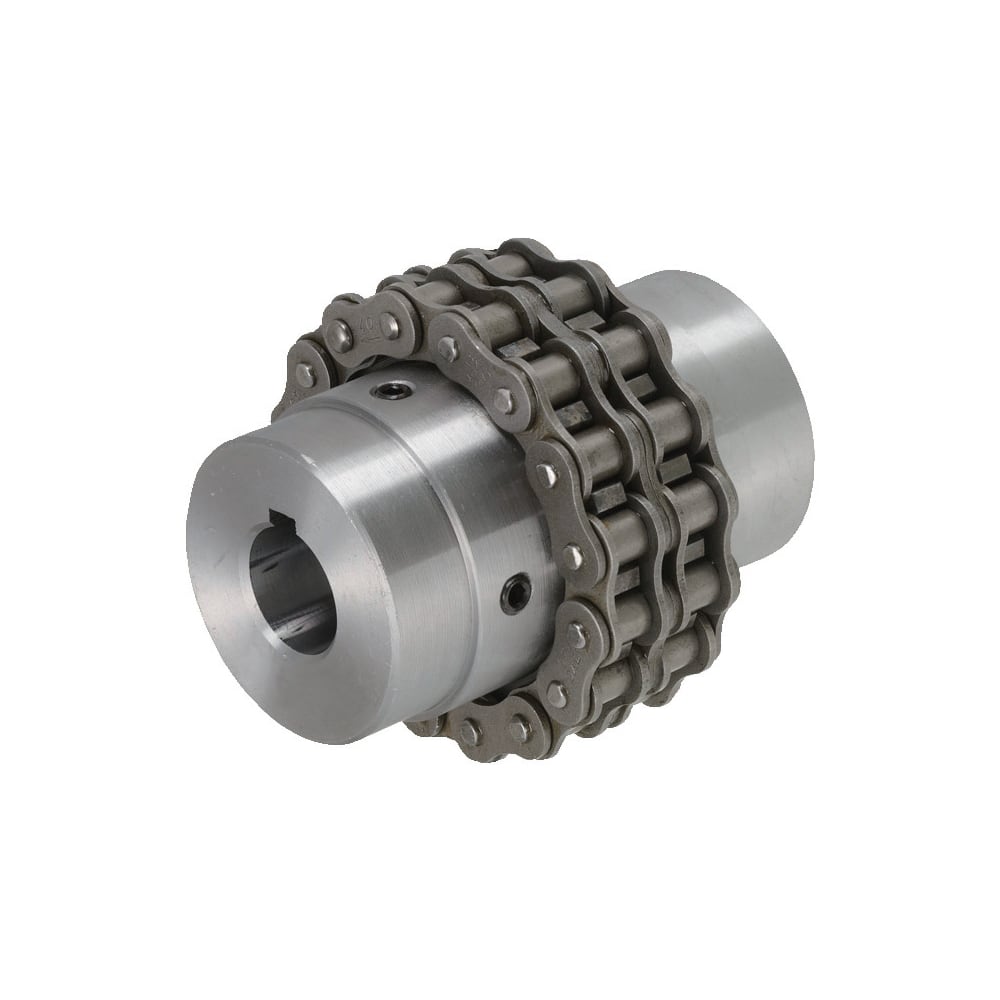Product Description
| Item | Chain Coupling | Model | All |
| Row | Duplex | Application | Machinery Parts |
| Surface Teatment | Self-color/Sand-blasted/Shot-peening | Brand | OEM |
| Package | Poly bag, then box, finally poly-wooden case | Port | Any sea port or airport in China |
| Other Products | |||
| Standard A/B Roller Chain | 08B,10B,12B,16B,40,50,60,80 | Motorcycle Chain | 415,415H,420,428,428H,520,520H,525,530 |
| Bicycle Chain | 410,Z50,Z51,Z80,Z10,RX-11 | Silent Chain | SC3,SC4,SC5,SC6,SC8,SC10 |
| Oil Field Chain | 100G,120G,140G,160G,180G | Side Bow Chain | 40SB,43SB,50SB,60SB,63SB,80SB,08BSB |
| Heavy Duty Cranked Link Chain | 2571,2512,2814,3315,3618, 4571,2184,4824 |
Chain Coupling | 3012,4012,4014,5014,5016,5018,6018,6571, 6571,8018,8571,8571,1571,12018,12571 |
| Double Pitch Conveyor Chain | C2040,C2042,C2050,C2052,C2060, C2062,C2060,C2080,C2082,C2100 |
Welded Chain | |
| Chain with Extended Pins | 08A/10A/12A/16A-D1/D2 | Hollow Pin Chain | 08BHP,10BHP,12BHP,40HP,50HP,60HP,80HP |
| Rubber Top Roller Chain | 08B-G1/G2,10B-G1/G2,12B-G1/G2,16B-G1/G2,20B-G1,24B-G1 | Double Plus Chain | BS25-C206B,BS25-C208A,BS25-C210A,BS30-C212A,BS30-C216A |
| Plastic Chain | PC35,PC40,PC50,PC60 | Palm Oil Chain | 5571,5094,5234,3076,4075,5289,5257,5305 |
| Sugar Mill Chain | 2184,8184, 0571 3, 0571 5,5956 | Paver Chain | P80,P78.1 |
| Paper Mill Chain | 63PF2 | Bottle Washer Chain | P139.7-A2,P140,P150X,P155X,P160X, P165X,P169X |
| Steel Mill Chain | P100,P160,P500 | Leaf Chain | BL523,BL534,BL588,BL634,BL866,BL1244 |
| Agricultural Chain | S45,S55,S55V,A550,CA550,CA624 | Forged Chain | 10160,14218,14226,160,125,200,216,260 |
| Forged Trolley | X348,X458,X678,X698,160 | Cast Chain | CC600,C55,C188,C102B,C132,477,455,488 |
| Overhead Conveyor Forged Chain | 5075-S/HH/HA, 7 Tons, 5 Tons | Detachable Chain | 25,32,42,51,52,55,62,70,72 |
| Snow Chain | D6,8,10,12,14,18,22,24,26,28,30 | Sprockets | Standard, Non-standard |
/* January 22, 2571 19:08:37 */!function(){function s(e,r){var a,o={};try{e&&e.split(“,”).forEach(function(e,t){e&&(a=e.match(/(.*?):(.*)$/))&&1

Roller Chain Couplings for Heavy Machinery and Industrial Conveyors
Yes, roller chain couplings are suitable for use in heavy machinery and industrial conveyors. They are widely used in various industrial applications, including mining equipment, steel mills, heavy-duty conveyors, and other heavy machinery systems.
The robust design of roller chain couplings allows them to handle high torque and heavy loads, making them ideal for demanding industrial environments. They are capable of transmitting significant power while providing flexibility to accommodate misalignments and shock loads.
Industrial conveyors often require reliable power transmission systems that can handle continuous operation and endure the harsh conditions of heavy material handling. Roller chain couplings offer a cost-effective and durable solution for connecting conveyor drive systems, enabling smooth and efficient operation.
When selecting roller chain couplings for heavy machinery or industrial conveyors, it is essential to consider the specific requirements of the application, including torque, speed, shaft size, and environmental conditions. Additionally, regular maintenance and proper lubrication are vital to ensure optimal performance and longevity of the coupling in these demanding applications.

Maintenance Requirements for Roller Chain Couplings
To ensure the optimal performance and longevity of roller chain couplings, regular maintenance is essential. Here are some key maintenance requirements:
- Lubrication: Regularly lubricate the roller chain and sprockets to reduce friction and wear. Use the appropriate lubricant recommended by the coupling manufacturer.
- Inspections: Periodically inspect the coupling for signs of wear, misalignment, or damage. Look for elongation or wear of the roller chain, damaged sprocket teeth, or any signs of excessive vibration.
- Tightening: Check and ensure that all fasteners, such as bolts and set screws, are properly tightened to the manufacturer’s recommended torque specifications.
- Alignment: Maintain proper alignment between the driving and driven shafts to prevent undue stress on the coupling components.
- Cleanliness: Keep the coupling and surrounding area clean and free from debris or contaminants that could interfere with its operation.
- Temperature: Avoid operating the coupling beyond its recommended temperature limits, as excessive heat can lead to premature failure.
- Replacement: Replace any worn or damaged components promptly to prevent further damage to the coupling or connected equipment.
Regular maintenance not only ensures the coupling’s optimal performance but also helps identify potential issues early, allowing for timely repairs or replacements. It is crucial to follow the manufacturer’s maintenance guidelines and schedule to ensure the coupling’s reliability and prevent unexpected failures that could disrupt operations and lead to costly downtime.

Torque and Speed Limits for Different Roller Chain Coupling Designs
The torque and speed limits of roller chain couplings can vary depending on their specific designs and construction materials. Some common factors that influence these limits include:
- Coupling Size: Larger roller chain couplings generally have higher torque and speed ratings compared to smaller ones.
- Construction Material: Couplings made from high-strength materials, such as stainless steel or hardened steel, can handle higher torques and speeds than those made from standard steel or other materials.
- Number of Strands: Roller chain couplings with multiple strands of roller chain can handle higher torques compared to single-strand designs.
- Operating Environment: The operating environment, including ambient temperature, humidity, and presence of contaminants, can affect the torque and speed capabilities of the coupling.
It is crucial to consult the manufacturer’s specifications and guidelines for each roller chain coupling model to determine its specific torque and speed limits. Exceeding the recommended torque and speed ratings may lead to premature wear, reduced efficiency, or even catastrophic failure of the coupling and connected equipment.
When selecting a roller chain coupling, it is essential to consider the application’s torque and speed requirements and choose a coupling that comfortably operates within those parameters. If the application demands high torques or speeds, it may be necessary to opt for larger or more robust coupling designs or explore alternative coupling types that better suit the specific requirements.


editor by CX 2024-04-26